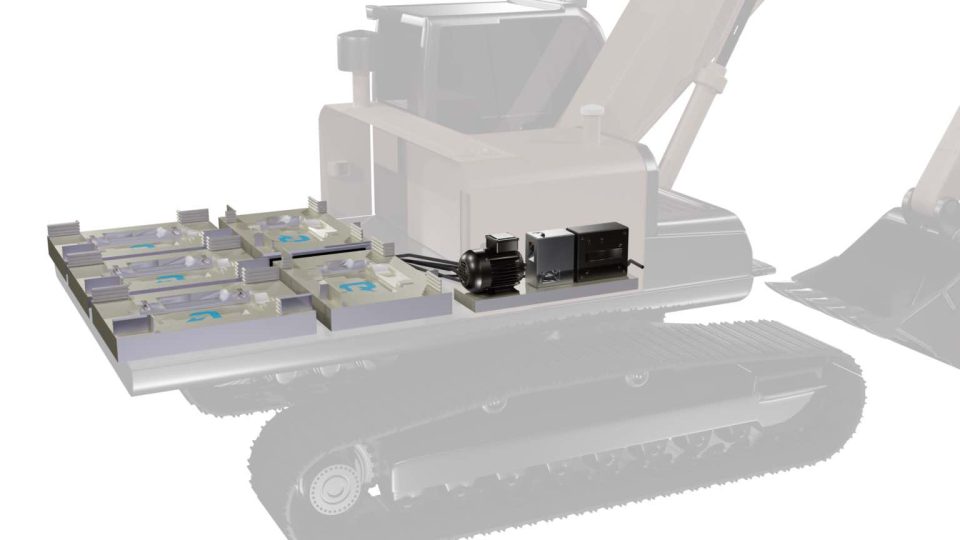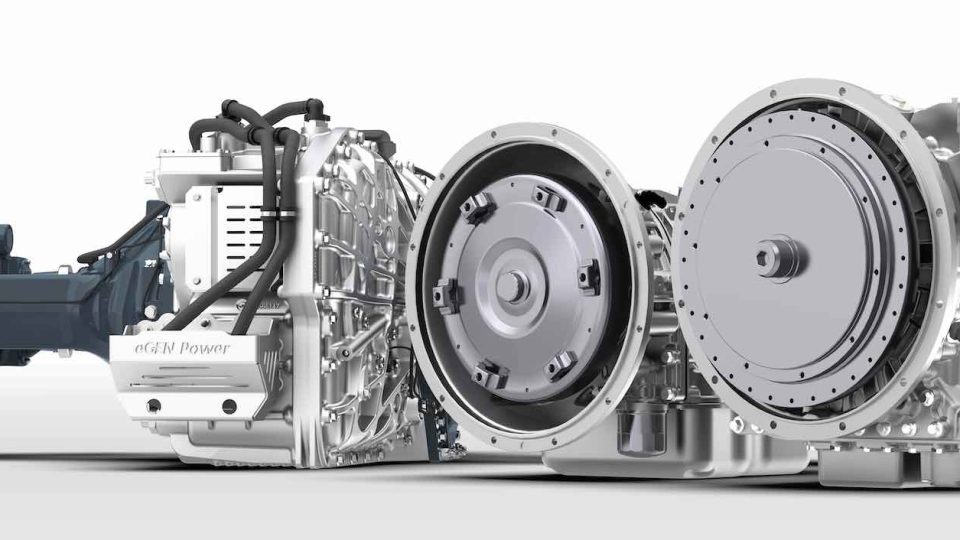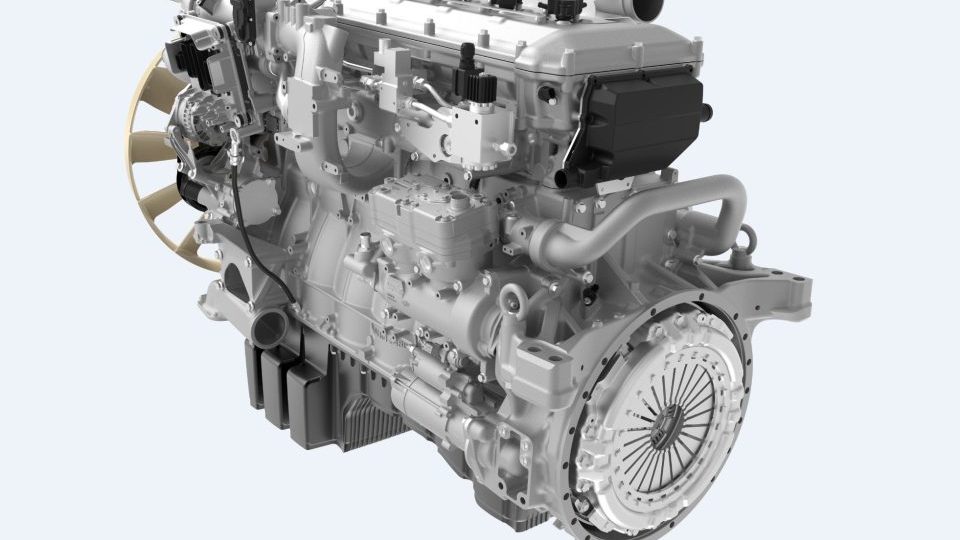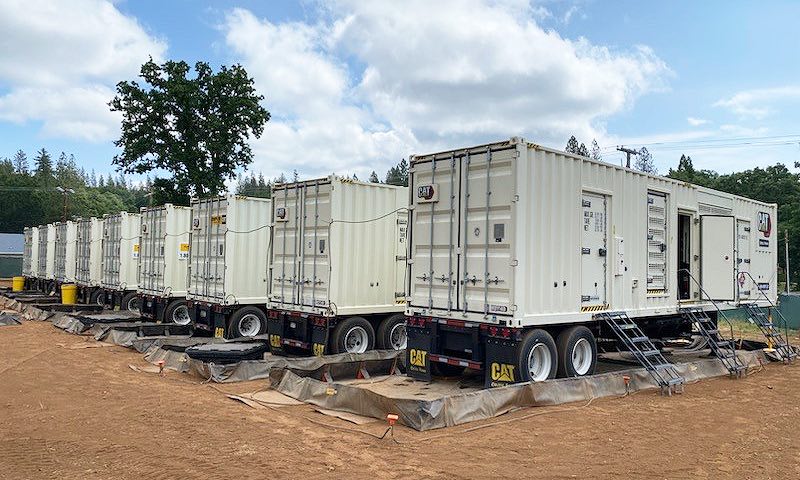Wärtsilä’s report shows Southeast Asian countries can transition to net zero by mid-century
Power system modelling by Wärtsilä has revealed that renewable-based power systems, backed by grid balancing engines and energy storage, can enable Southeast Asian countries to reach net zero by mid-century whilst cutting the levelised cost of electricity (LCOE) by over 20%, when taking into account likely future carbon taxes.
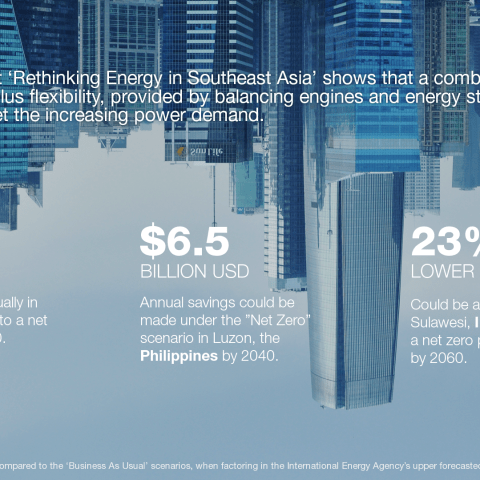
Power system modelling by Wärtsilä has revealed that renewable-based power systems, backed by grid balancing engines and energy storage, can enable Southeast Asian countries to reach net zero by mid-century whilst cutting the levelised cost of electricity (LCOE) by over 20%, when taking into account likely future carbon taxes.
The modelling, published in Rethinking Energy in Southeast Asia report, simulates the paths to net zero emissions in three major Southeast Asian power systems: Vietnam; the island of Sulawesi in Indonesia; and the island of Luzon in the Philippines.
The study shows that a combination of renewables plus flexibility, provided by balancing engines and energy storage, can reliably meet the increasing power demand. In all the countries modelled, the Net Zero scenario shows that inflexible fossil fuel assets, such as coal or combined cycle gas turbines (CCGTs), should be phased out. New investments should focus on adding renewable energy sources, increasing flexible capacity, and developing sustainable fuels such as green hydrogen.
Wärtsilä ’s key findings towards Net Zero
Wärtsilä’s modelling shows how the lowest cost existing energy technologies can be deployed to meet future power demand. The modelling is based on varying levels of emissions, including scenarios simulating 50% and 80% emission reductions, as well as net zero emissions. The modelling also showed a “Business As Usual” (BAU) scenario which did not restrict emissions. Critically, when factoring in the International Energy Agency’s (IEA) upper forecasted carbon prices, the studies show that the LCOE in these net zero power systems is at least 20% lower than the BAU scenarios:
- Vietnam’s net zero power system costs 20% less by 2050 than BAU. This would avoid nearly 28 billion USD per year in forecasted carbon taxes.
- A net zero system in Luzon, the Philippines costs 23% less by 2040 than BAU. This would avoid over 6 billion USD per year in forecasted carbon taxes.
- A net zero system in Sulawesi, Indonesia costs 23% less by 2060 than BAU. This would avoid over 1 billion USD per year in forecasted carbon taxes.
“Southeast Asia is experiencing unprecedented fuel price increases and volatility, increasing year-on-year demand for power, plus massive exposure to intensifying climate-induced extreme weather. Amidst this uncertainty, results of our study clearly show: by creating renewable and scalable power systems the region can sustain future growth, jobs, and prosper in this new normal of fossil fuel volatility and emission constraints,” said Sushil Purohit, President of Wärtsilä Energy and Executive Vice President, Wärtsilä Corporation.



